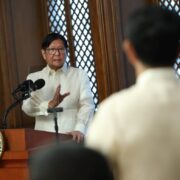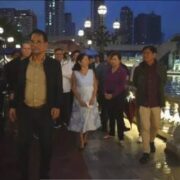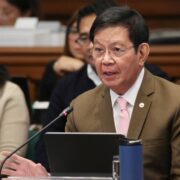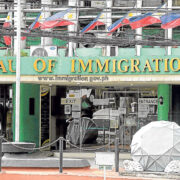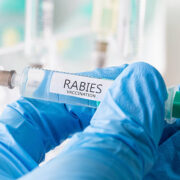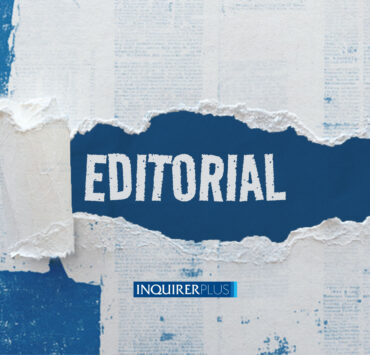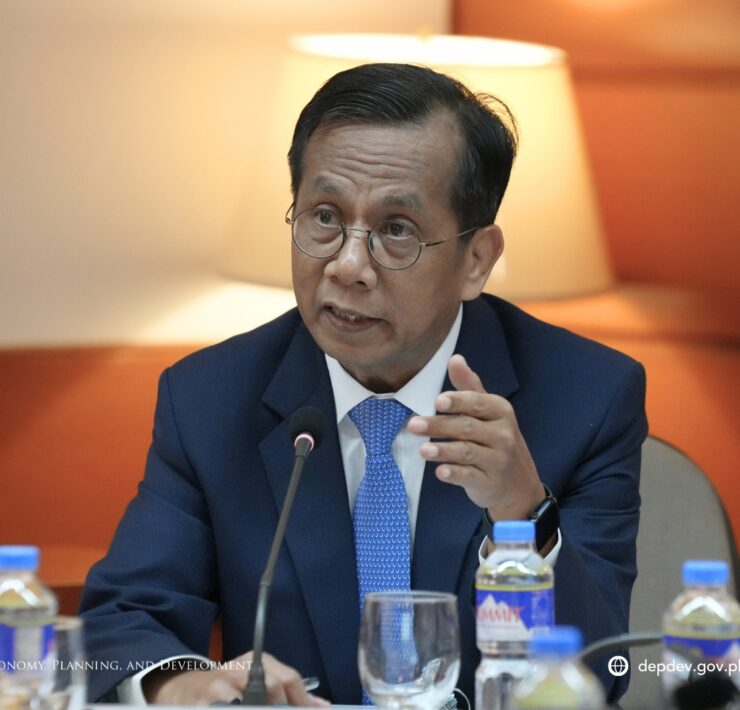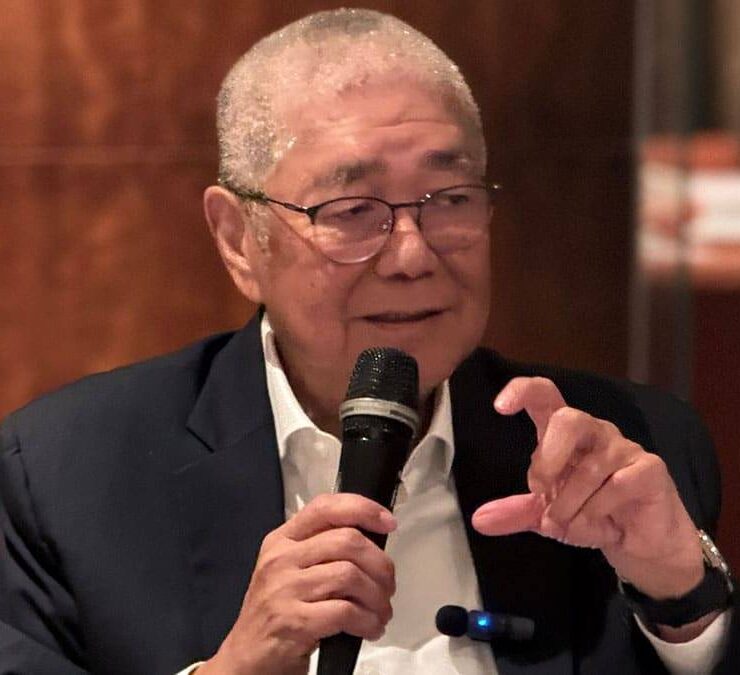PH Q3 growth likely slowed to below 5%
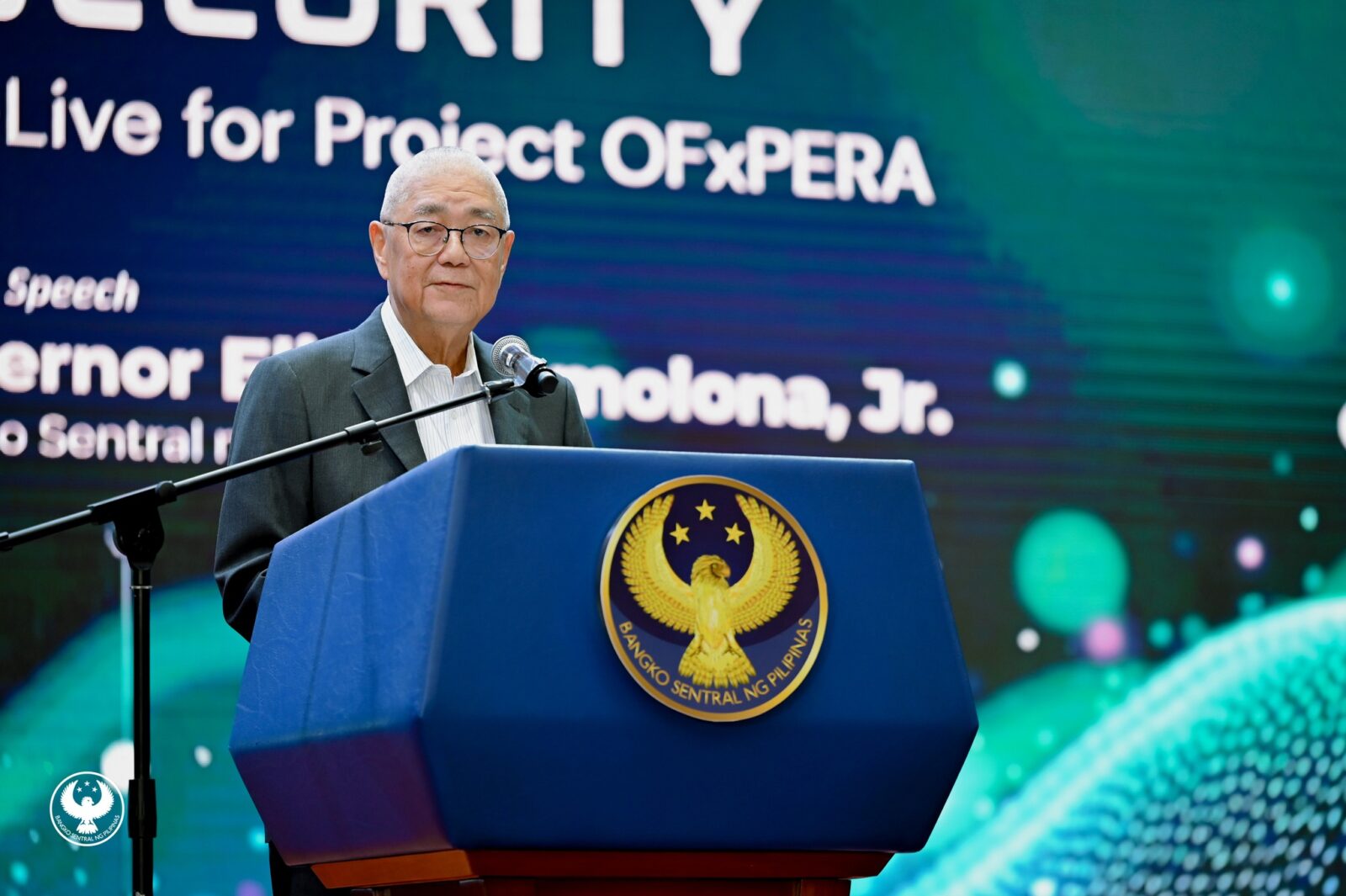
Economic growth likely slowed to below 5 percent in the third quarter as government spending weakened sharply amid an intensifying probe into questionable flood control projects—highlighting the scandal’s toll on the broader economy despite monetary easing.
In their monthly economic update, economists at De La Salle University (DLSU) estimated that growth in the three months through September may have settled at 4.6 percent, easing from 5.5 percent in the previous quarter.
The outlook rests on the assumption that government spending slowed to 3.69 percent in the third quarter from 8.7 percent in the second, as the corruption probe prompted state agencies to act with extreme caution in disbursing funds.
The report—written by Jesus Felipe, Mariel Monica Sauler, Gerome Vedeja and Clarence Gabriel Fernandez of the DLSU School of Economics—said further cuts to the Bangko Sentral ng Pilipinas’ (BSP) policy rate would do little to boost the economy from such a weakness.
The government will release the third quarter growth data on Nov. 7.
“This is because monetary policy cannot do much to activate the Philippine economy. The BSP cannot and will not rate-cut our way out of corruption investigations,” they wrote.
“Our bold claim is that … hitting even the lower band of these publicly announced growth targets may be a tall order—if not utterly impossible,” they added, while projecting an average growth of 5.3 percent for 2025.
In a recent interview, Economy, Planning and Development Secretary Arsenio Balisacan expressed a similar view of a likely slowdown in the third quarter, though he remained optimistic that the lower end of the government’s 5.5- to 6.5-percent growth target for 2025 was still within reach.
The government aims to keep infrastructure investment at 5 to 6 percent of gross domestic product (GDP)—spending seen as crucial to meeting the Marcos administration’s growth targets until the end of its term.
But with the flood control fiasco hitting business confidence, the BSP this month responded by cutting the policy rate by a quarter point to 4.75 percent. Governor Eli Remolona Jr. struck a more dovish tone, saying the “sweet spot” for the policy rate now lies between 4 and 5 percent—signaling room for further easing.
Still, the DLSU economists noted that benign inflation and lower borrowing costs could help lift consumer spending growth to 6.61 percent in the third quarter, from 5.5 percent in the preceding three months—a potential cushion against weaker public outlays.
Overall, they said the country needed “the standard development triad”: political stability, an economic agenda centered on manufacturing, and a more active—and corruption-free—fiscal policy.
“The reality is that business confidence is on the floor; GDP growth is slowing; market sentiment is dominated by frustration and uncertainty about whether there will be a serious investigation, or not; and foreign inflows are nowhere near,” they added.


